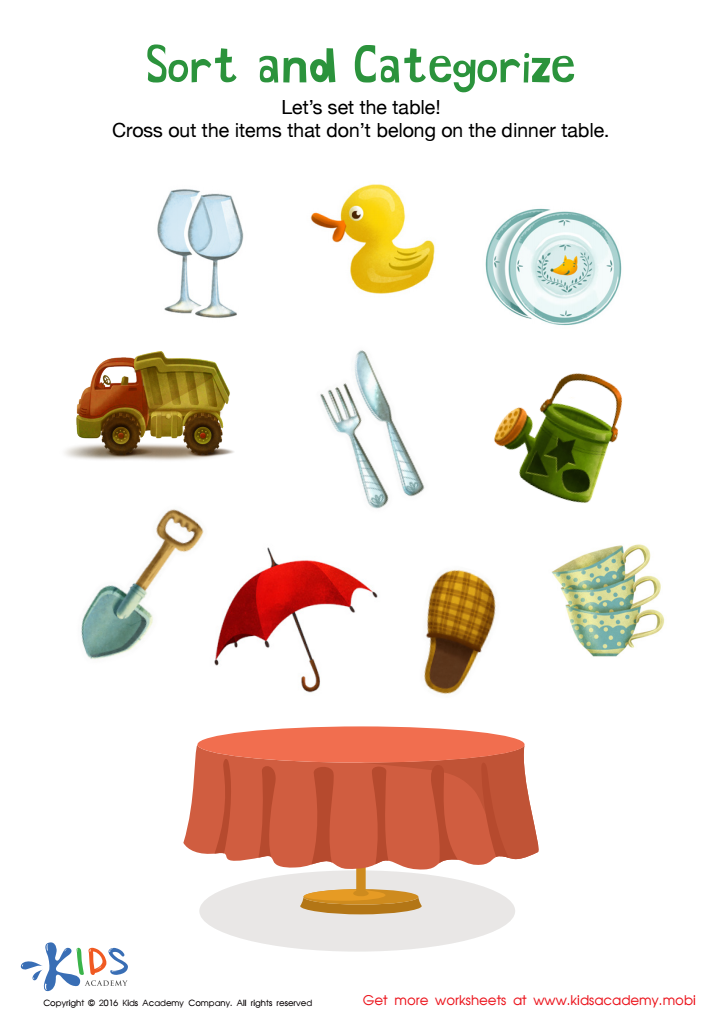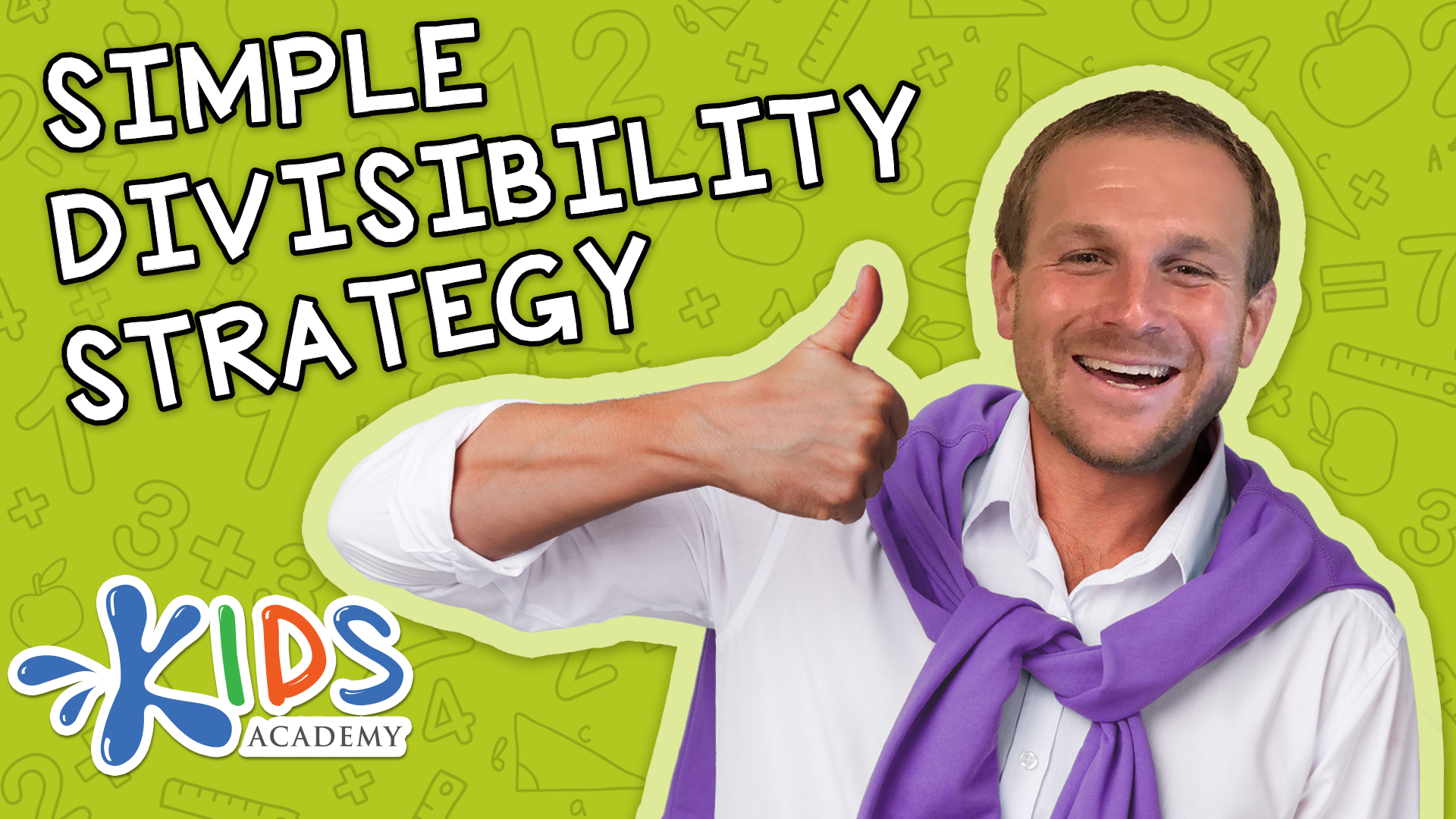Sorting worksheets activities for Ages 3-4
21 filtered results
-
From - To


Matching and Sorting for Kindergarten: Assessment 3 Worksheet
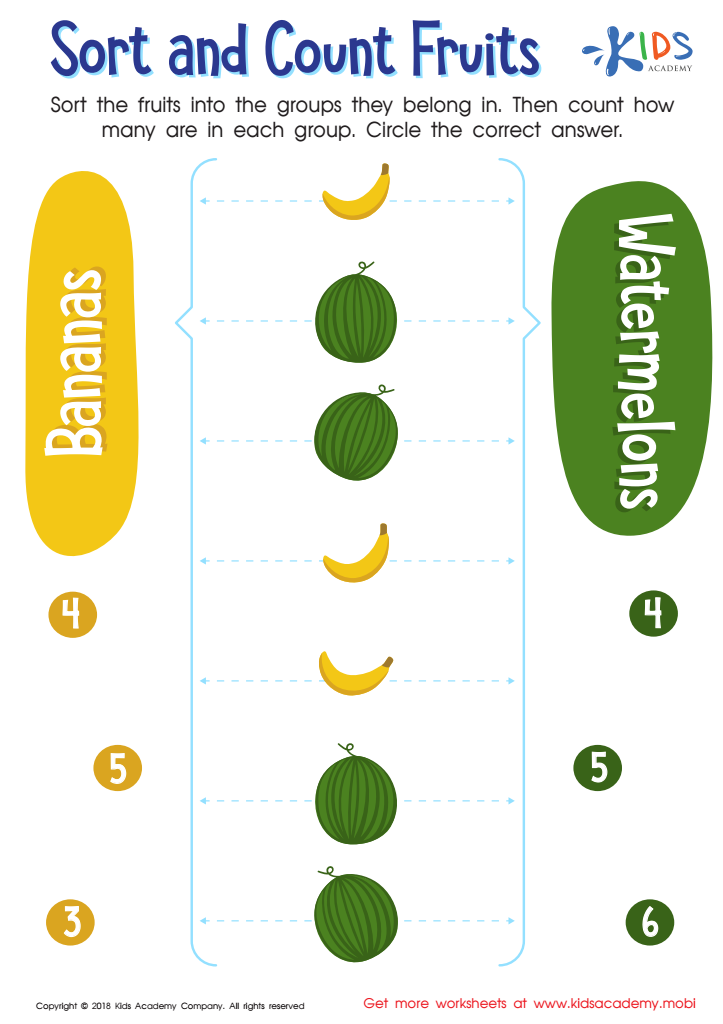

Sort and Count Fruits Worksheet
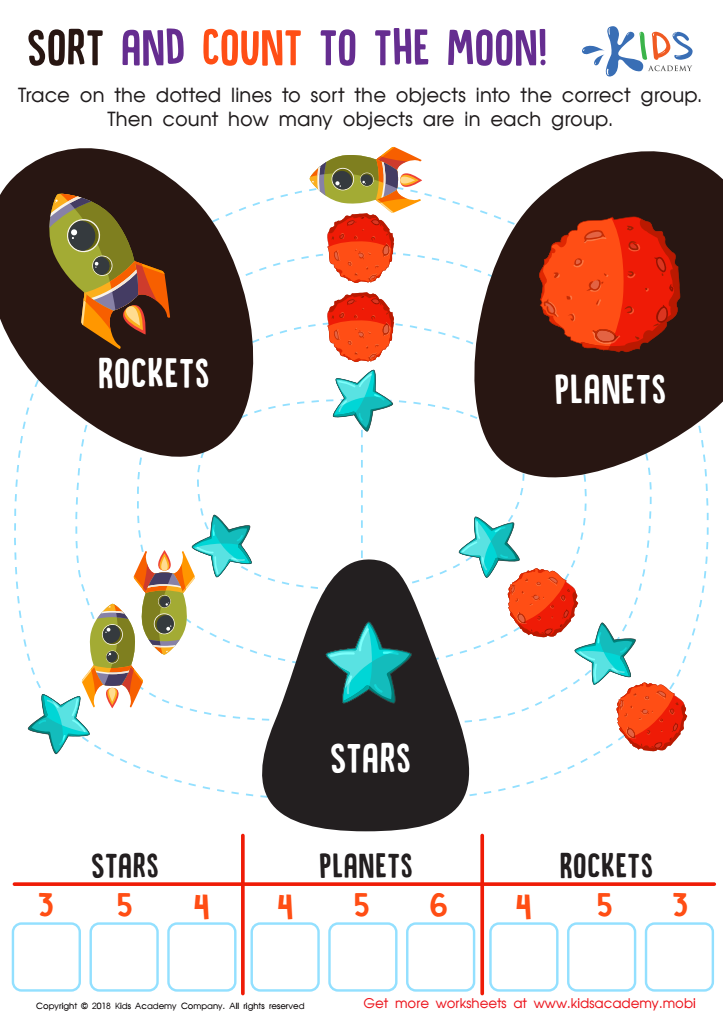

Sort and Count to the Moon Worksheet
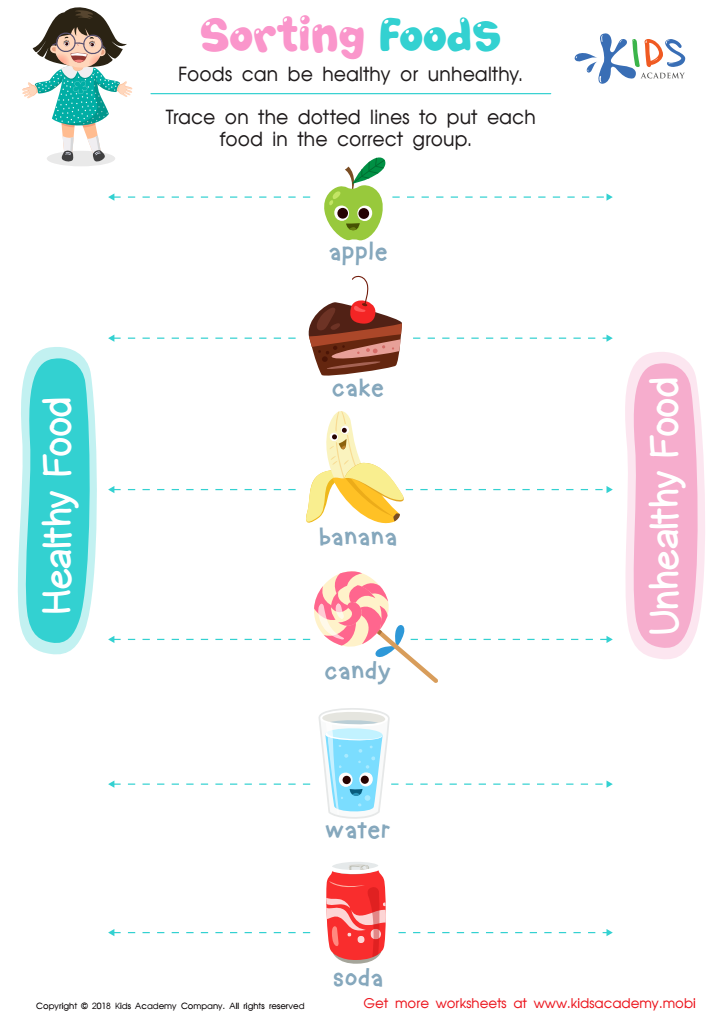

Sorting Food Worksheet
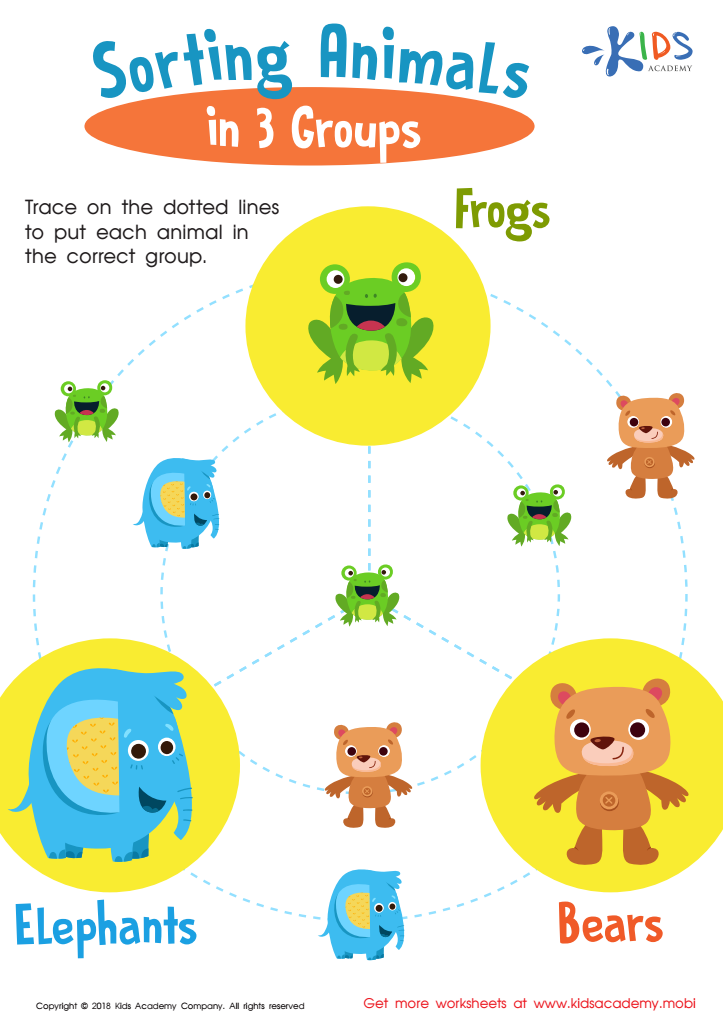

Sorting Animals in 3 Groups Worksheet
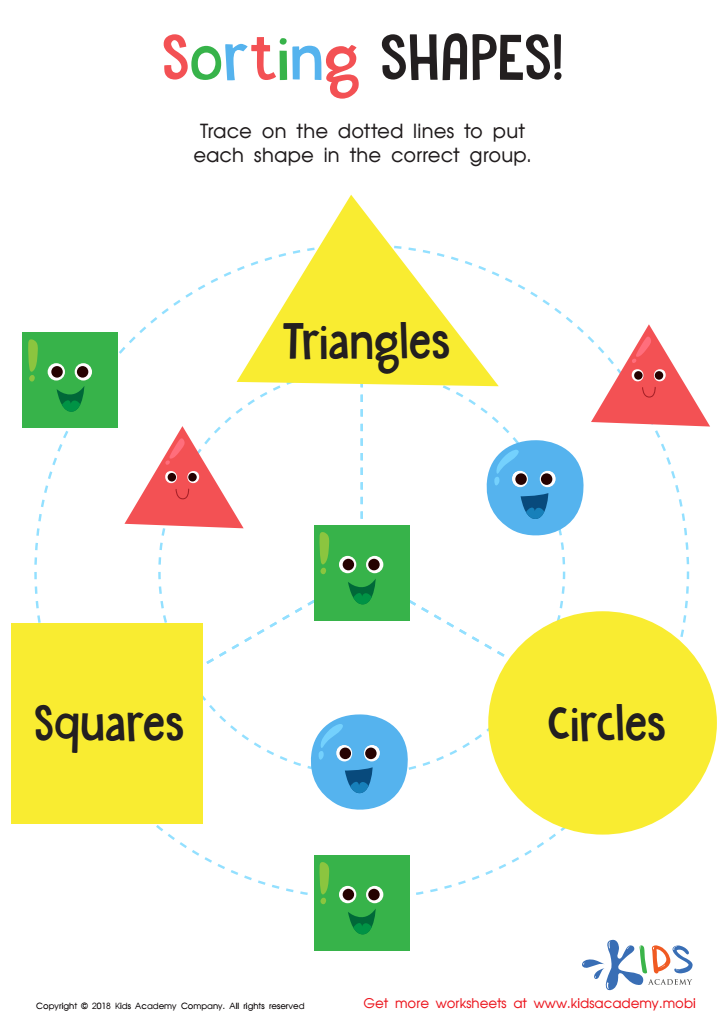

Sorting Shapes - Part 3 Worksheet
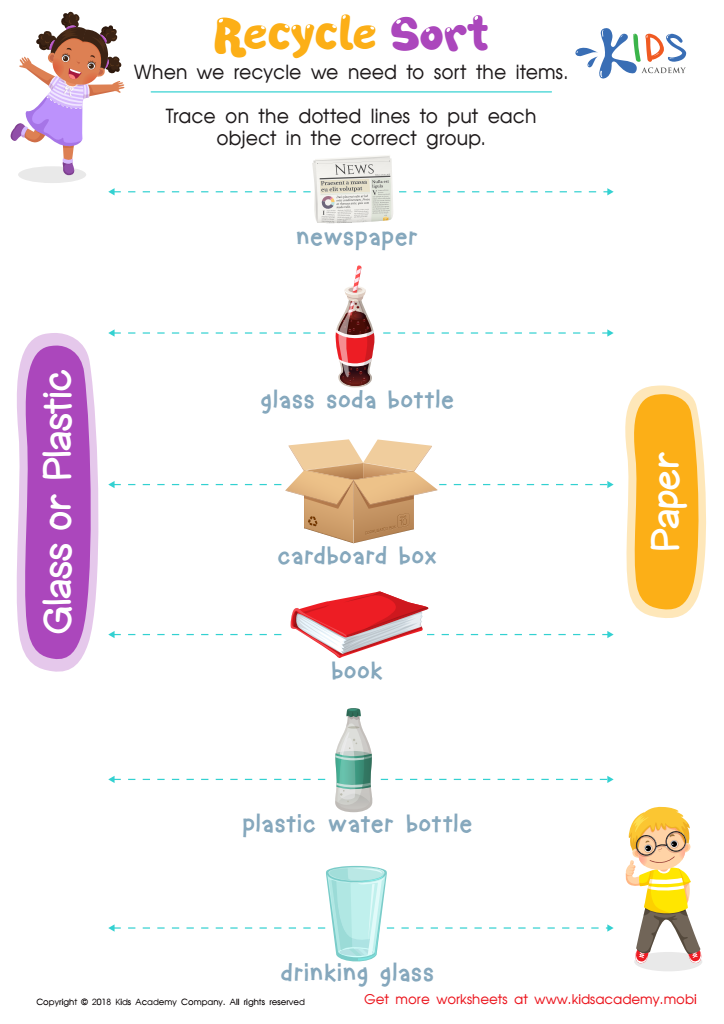

Recycle Sort Worksheet
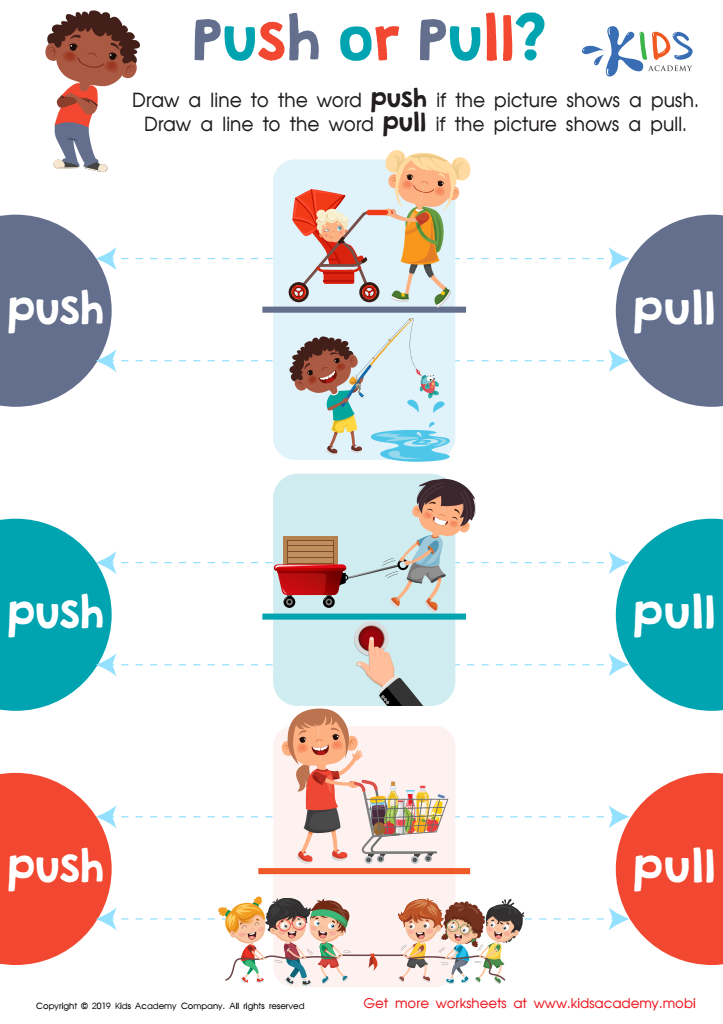

Push or Pull? Worksheet
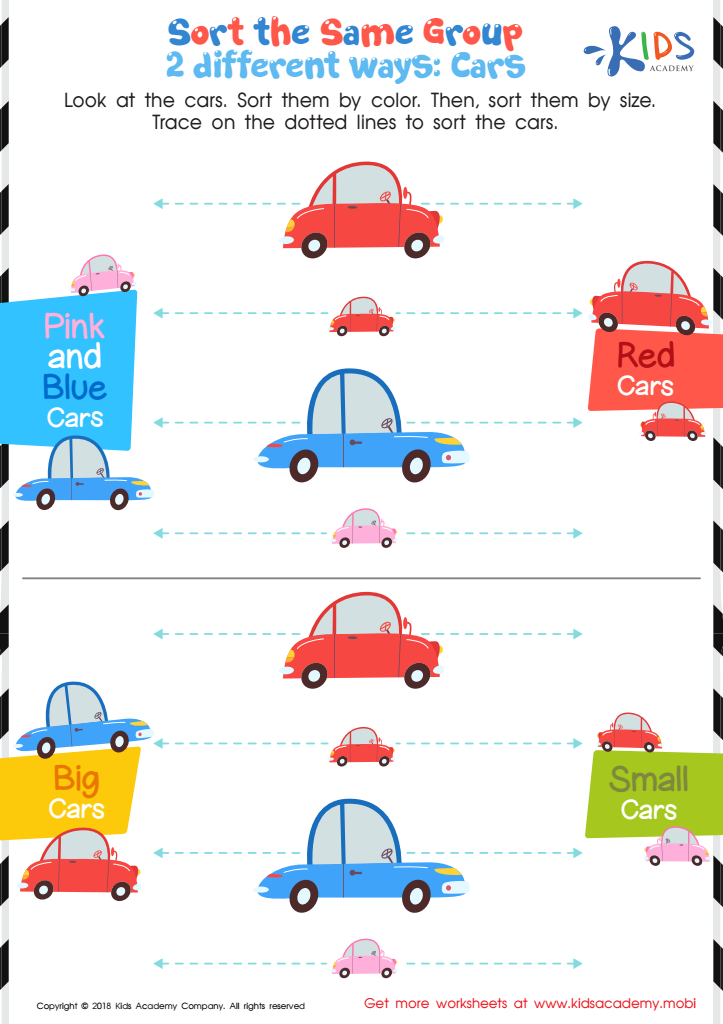

Sort the Same Group 2 Different Ways: Cars Worksheet
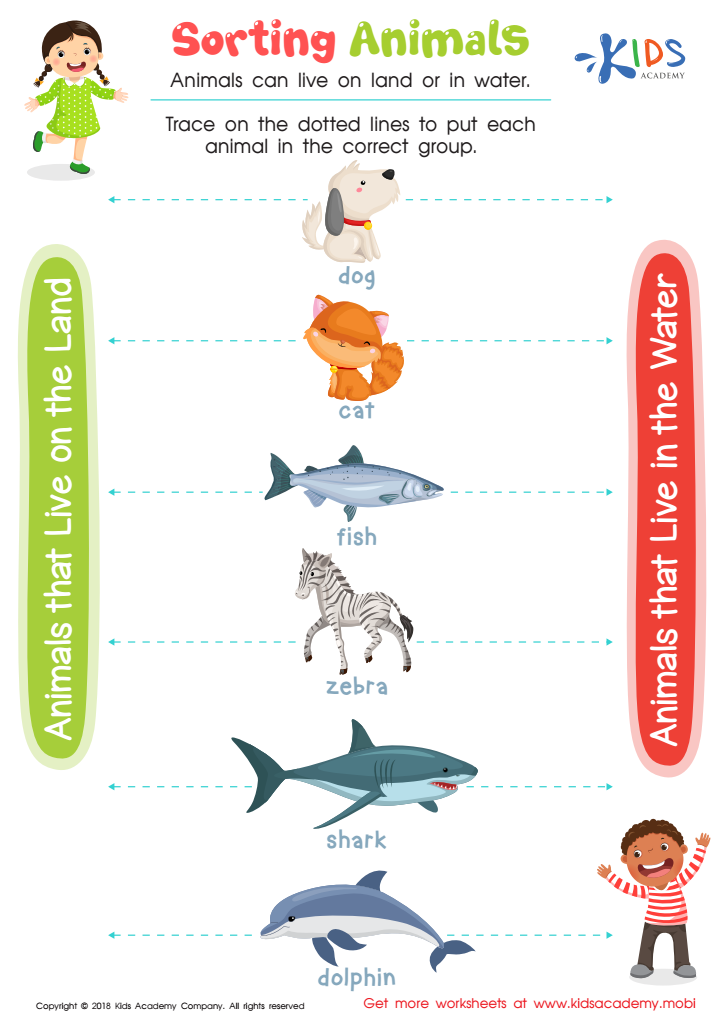

Sorting Animals Worksheet
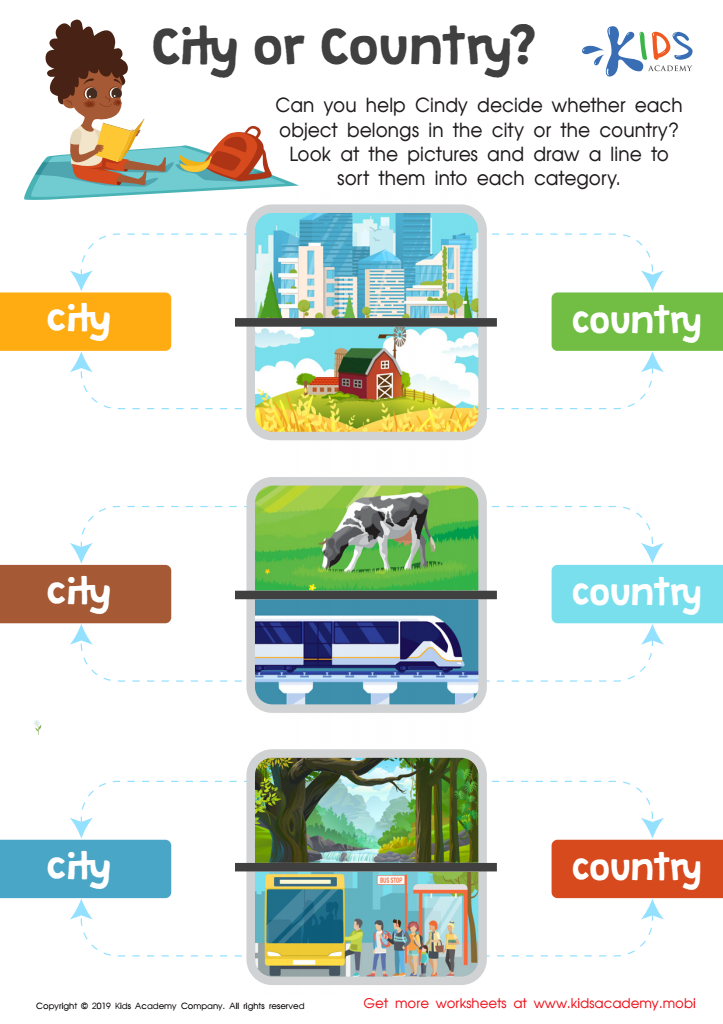

City or Country? Worksheet
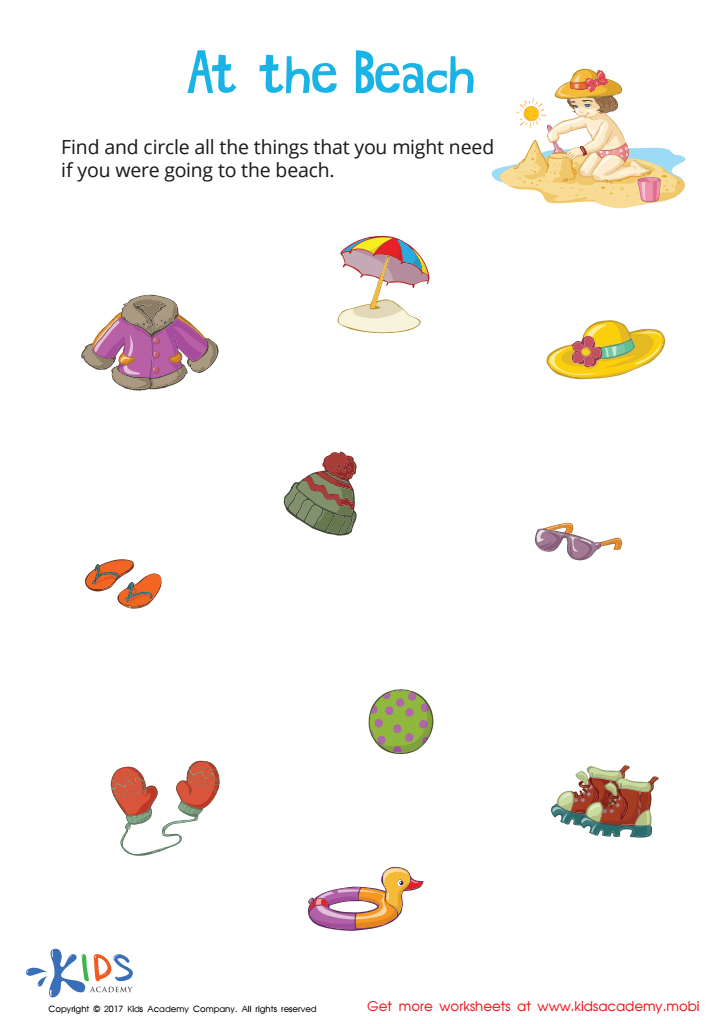

At the Beach Sorting Worksheet
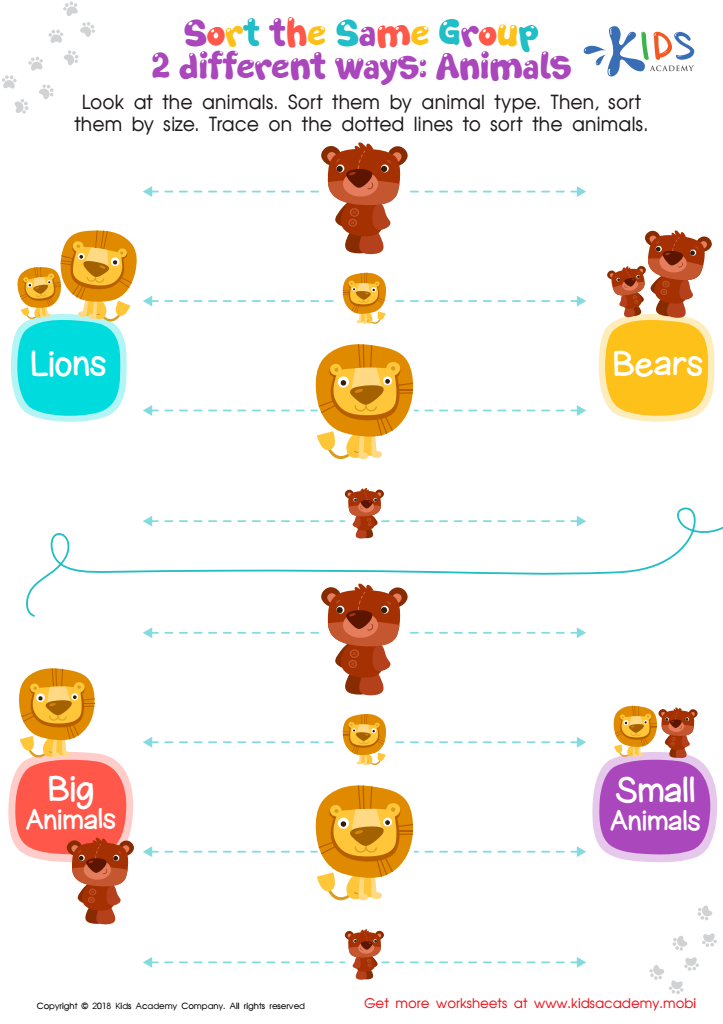

Sort the Same Group 2 Different Ways: Animals Worksheet
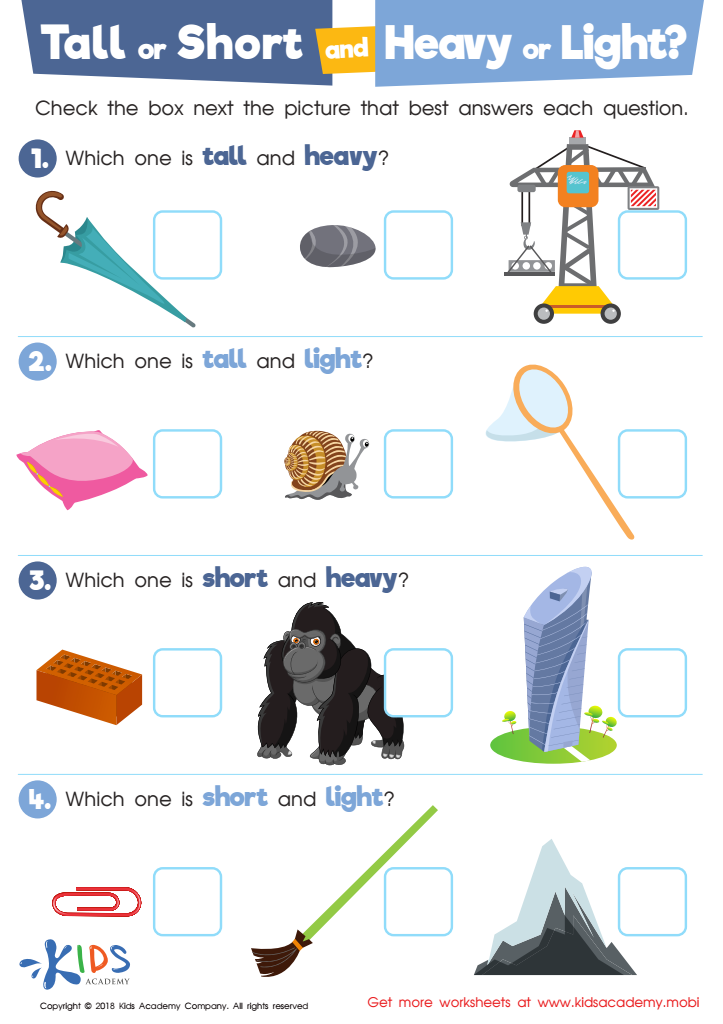

Tall or Short and Heavy or Light? Worksheet
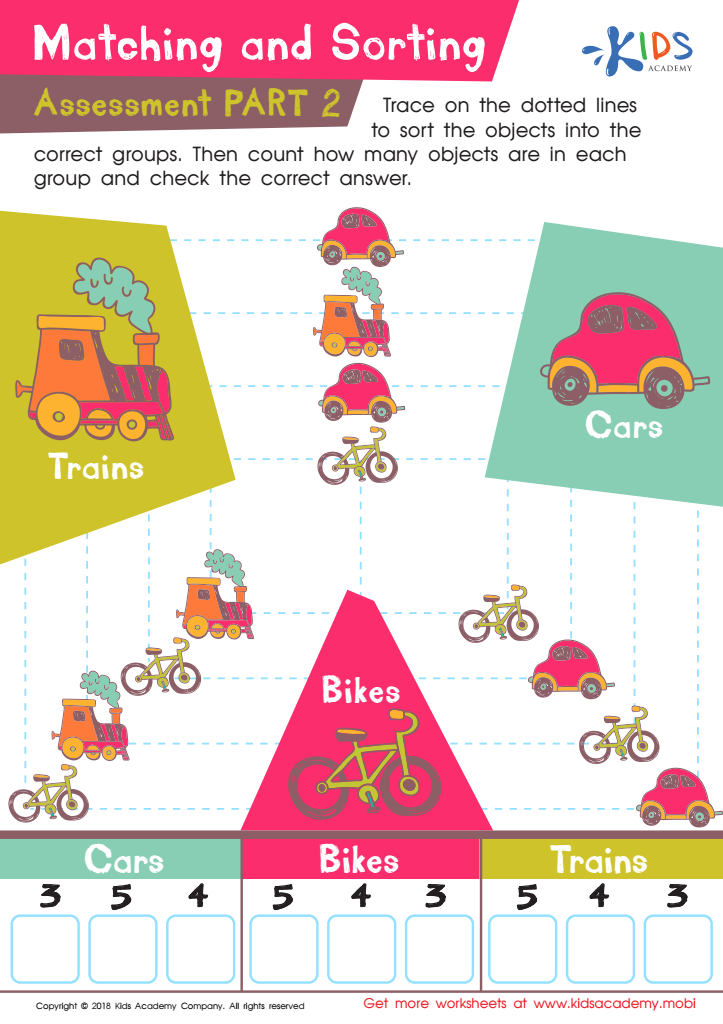

Matching and Sorting for Kindergarten: Assessment 2 Worksheet
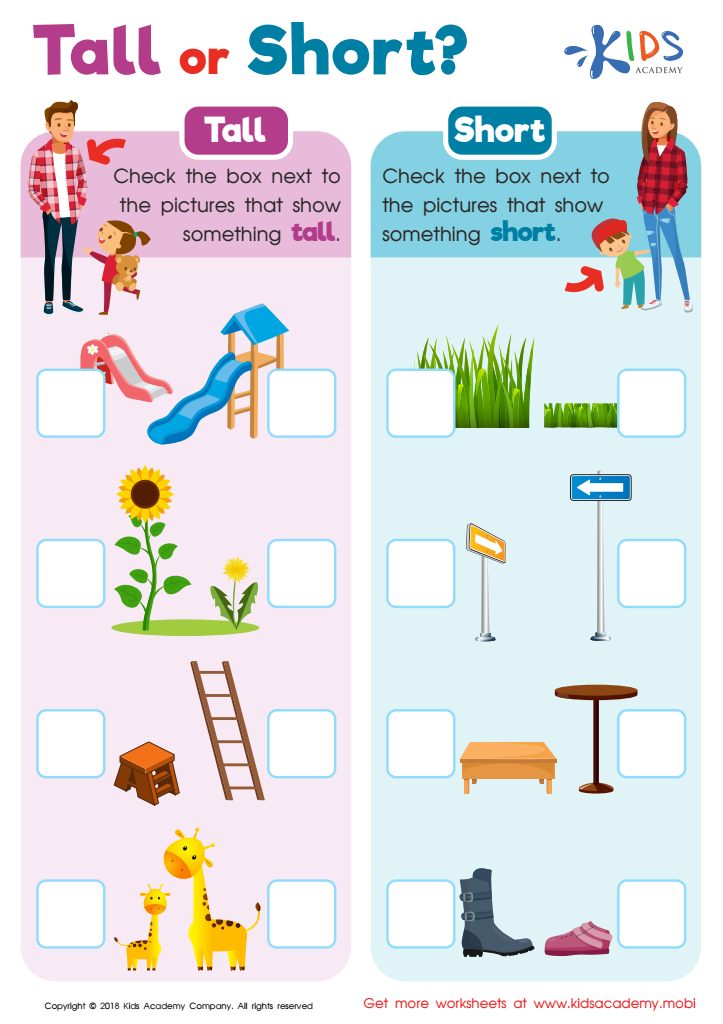

Tall or Short? Worksheet
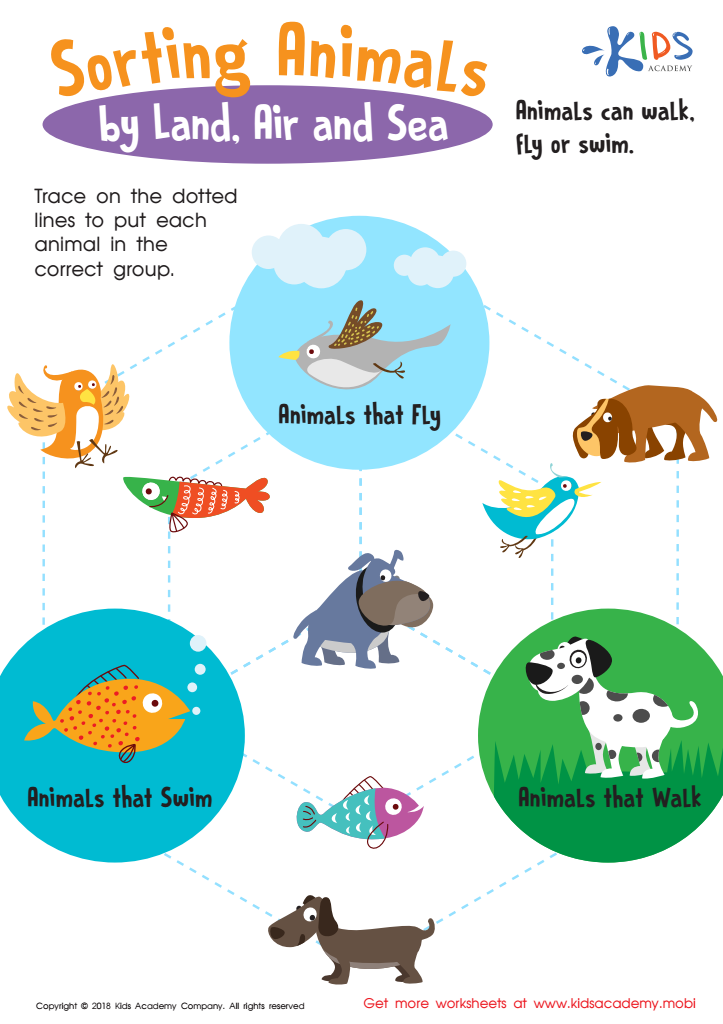

Sorting Animals by Land, Air and Sea Worksheet
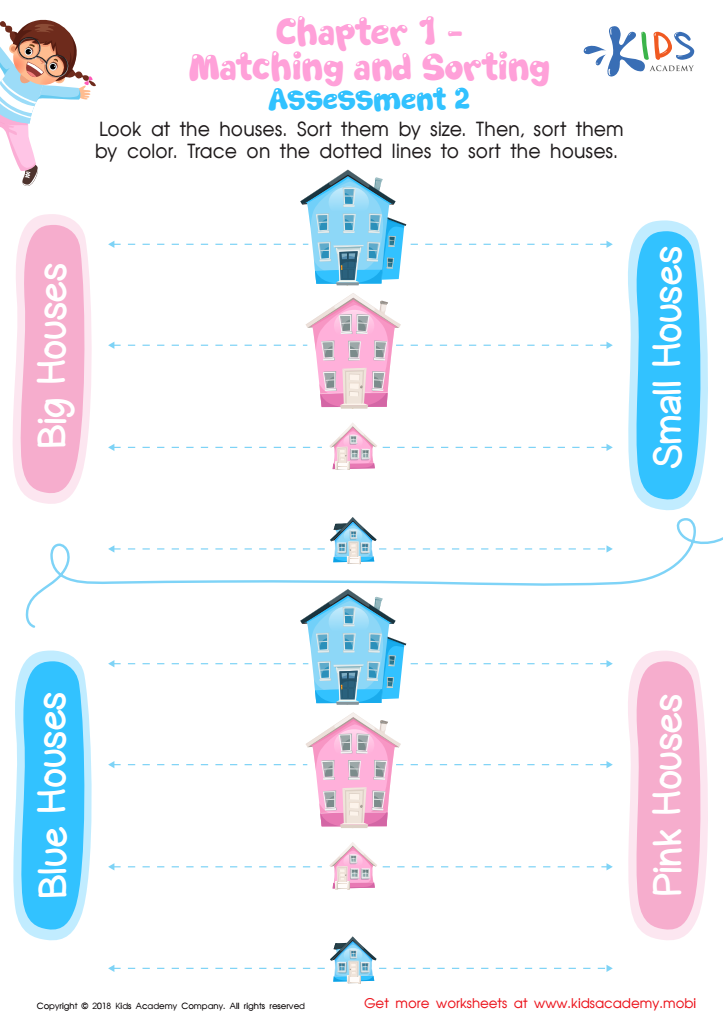

Matching and Sorting for Preschool: Assessment 2 Worksheet
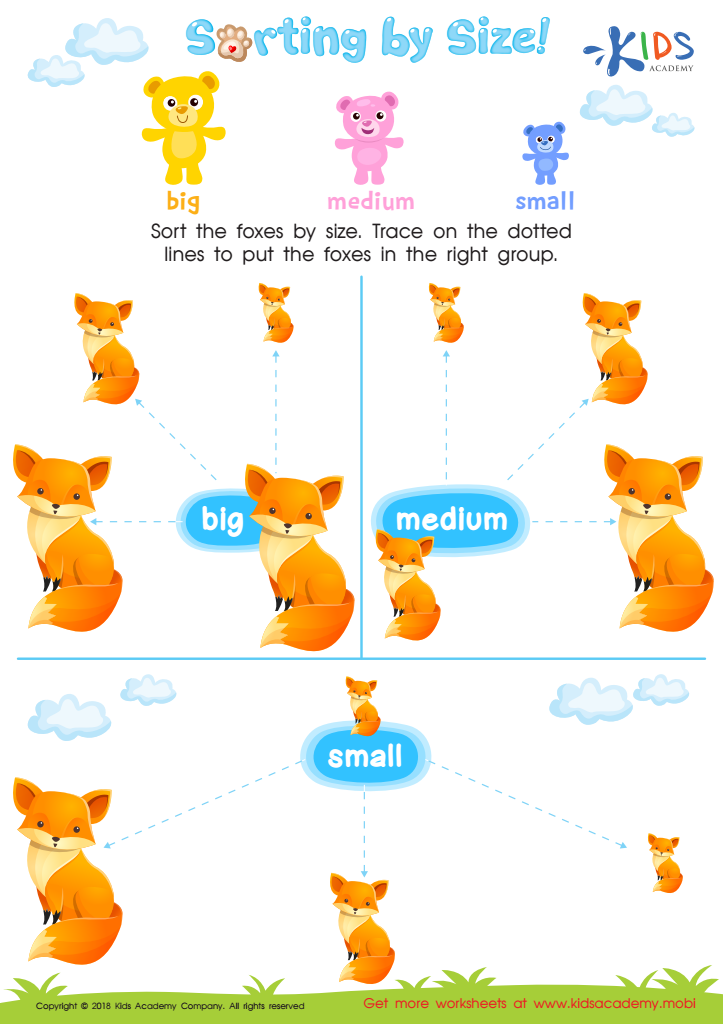

Sorting by Size Worksheet
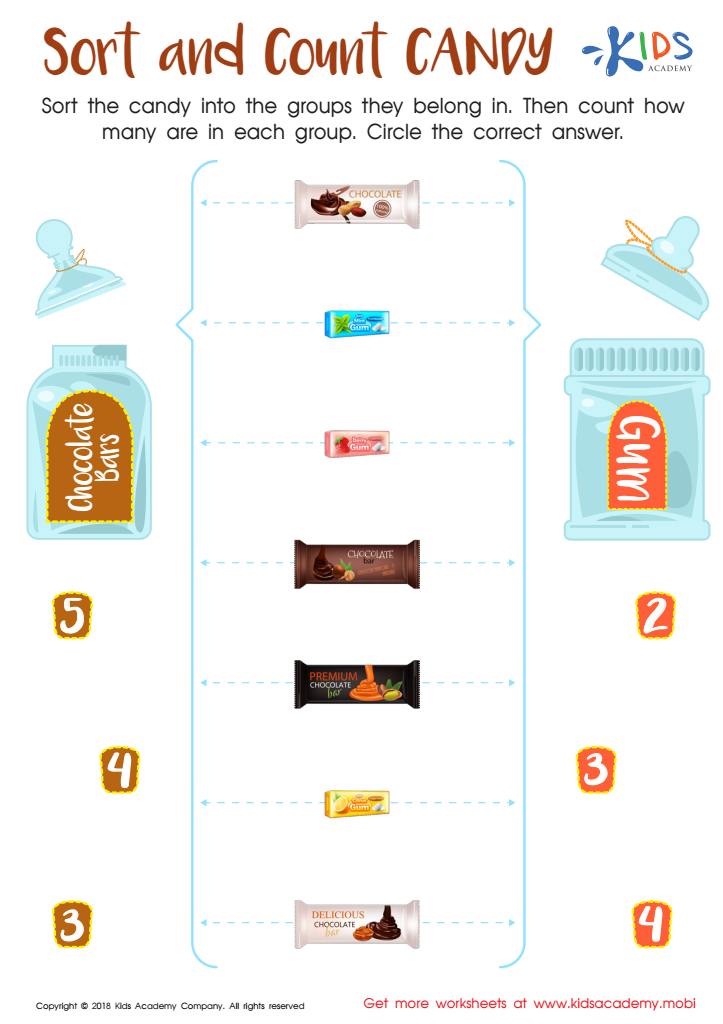

Sort and Count Candy Worksheet
Sorting worksheets activities are an invaluable tool in the realm of educational resources, serving as both a foundational skill for young learners and a method to sharpen cognitive abilities at any age. These activities are designed not only to keep students engaged but also to foster critical thinking, categorization skills, and enhance their understanding of relationships between objects or concepts.
The usefulness of sorting worksheets activities lies in their versatility and adaptability to various subjects and age groups. For young children, they introduce the concept of sorting based on simple criteria such as color, shape, or size. This not only aids in their cognitive development but also in the enhancement of their observation skills and attention to detail. As these young minds engage with sorting worksheets, they learn to identify patterns, a skill pivotal in math, science, and even language arts.
For older students, sorting worksheets activities become more complex and nuanced, involving sorting based on more abstract categories such as grammatical types, historical periods, or biological classifications. This complexity helps in refining their analytical skills and enables them to organize information logically, a critical skill for research, study, and problem-solving in higher education and beyond.
Moreover, sorting worksheets activities promote independent learning. Students can proceed at their own pace, allowing for self-assessment and personal growth. They also offer educators a clear insight into a student’s comprehension and progress, thereby facilitating targeted assistance and enhancing the learning experience.
In addition, these activities are incredibly flexible, easily adapted to individual or group settings, and can be made increasingly challenging to match the learners' growing capabilities. Therefore, sorting worksheets activities are not just another task; they are a dynamic and interactive way to develop a broad range of skills that are essential for academic success and everyday life. Ultimately, they lay a strong foundation for critical thinking, a skill that transcends the classroom and becomes invaluable in the wider world.
 Assign to My Students
Assign to My Students
